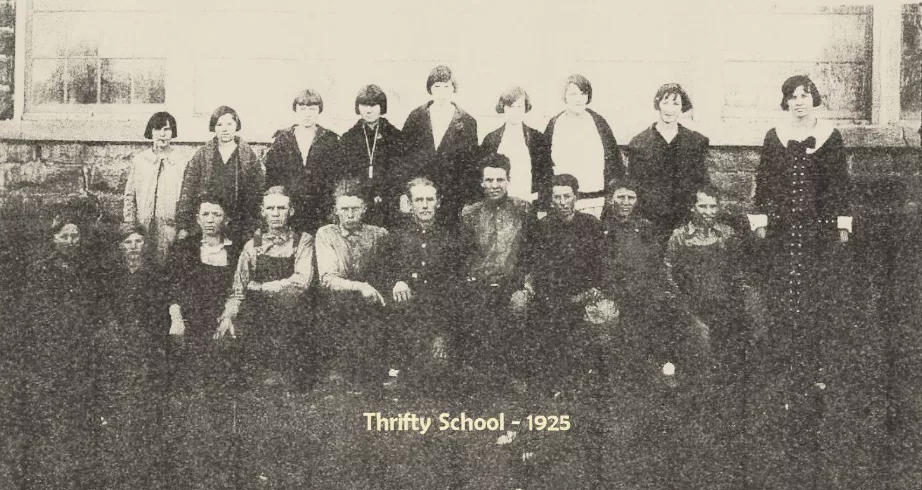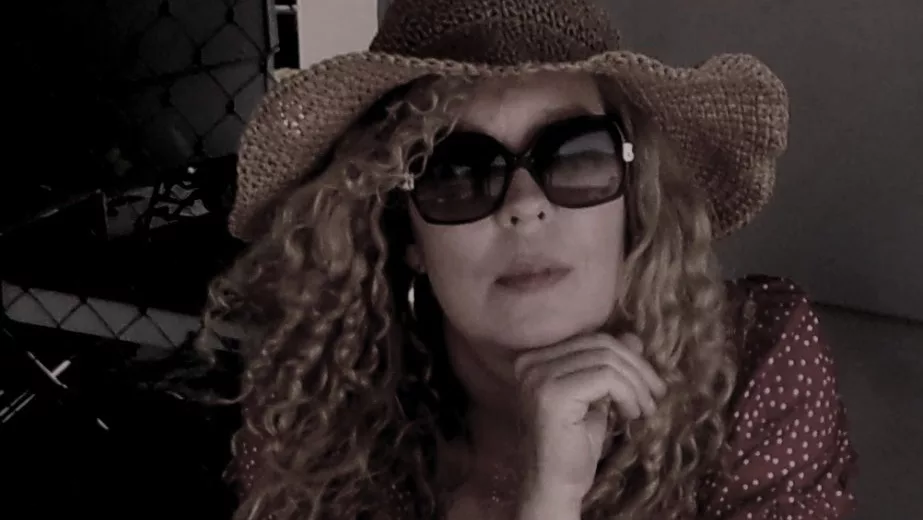
A principle long practiced by Masons when creating a structure is the understanding of a cornerstone. Cornerstones are the first aspect of building, and the perfection and accuracy of the cornerstone determines the enduring properties of the structure. What is built first matters. I think this idea can also apply to what came first to an area. The earliest history, is important to understand because it sets a kind of tone for what follows after it.
The Mullins Ranch at Thrifty was one of earliest known settlements in Brown County. Brownwood newspaperman Henry C Fuller (an interesting character in his own right) wrote an article for the Brownwood Bulletin in 1925 about the historic significance of the Mullins Ranch. Fuller wrote, “Mullins Ranch is probably the oldest settled place in what is now Brown County. The first house was built there in 1857 by John C. Mullins, who was a native of Kentucky, but who came to Texas with his parents when he was a child and lived for a number of years in Fayette County, Texas. There John Mullins grew to manhood and there in his early manhood he married the sweetheart of his boyhood days – Bettie Allen, the daughter of Rev. J. W. B. Allen, a well-known Methodist preacher. John Mullins and his young wife started out to shift for themselves and were moving westward when they came to the lovely valley on the Jim Ned creek, and they decided to locate there permanently.”
The Mullins family first built a home in what is now Mills County, and the town there called Mullin is likely named after them. They subsequently moved to the Jim Ned area and took up ranching, where the nearly abandoned town of Thrifty is now. At the time Fuller wrote his article, the original ranch house was still standing. I do not know if that is still the case. The home was said to be lovely, constructed with lumber hauled in from Round Rock, adorned with photographs and mementos from various family members. The kitchen was built by John Mullins himself, and was still functional into the 1920s. While we don’t get a lot of details about the everyday lives of the Mullins family, some are apparent just by inference. They had no air conditioning and faced constant threats from hostile tribes and a difficult land. Supplies would have been hauled in from elsewhere, necessitating the repetition of a no doubt dangerous and grueling task all its own. Despite hardship, the Mullins family were known to be fun-loving, gregarious sorts that worked to found what was then the thriving town of Thrifty. “About the year 1880, John Mullins and Dr. G.W. Allen went into the mercantile business, and people got in the habit of calling Dr. Allen by the name of “Thrifty” because of his busy hustling habits,” the article says.
“This firm – Mullins & Allen – was of immense size and worked a force of seven or eight clerks at the time. Thrifty was a great trading center, and it was said that flour and other staples were bought there by people who lived a distance of 250 miles to the West. A Line of “Freighters” hauling such commodities in large quantities, making the trip once or twice during the year, or oftener if necessary. Thrifty had a hotel of some pretentions owned and operated by T. L. Durham, and last and not least of all in those heroic days, a saloon, which was run by Gallman & Jester of Waco, Jester being a relative of the man who afterward came to be lieutenant governor or Texas, George T. Jester.” The school at Thrifty was considered one of the best schools in the area, and was taught by a man called Uncle Bill Adams from Brownwood, along with a Professor A.M. Major.”
Ike Mullins, the son of John and Bettie, who was born in Thrifty in 1872, recalled the family gatherings that once took place at the old ranch house: “For years and years as the children, his brothers and sisters, grew to adulthood, they always met at the old home with father and mother to spend Christmas. And what reunions those yuletide gatherings were, and how the fragrance of some sweet flower, their dear memory, still remains in the hearts of those who were children in the years that are gone.”
John and Bettie Mullins, along with a growing number of neighbors, founded the Thrifty school, as well as the first thriving center of commerce in Brown County. There’s an interesting paragraph near the end of Fuller’s article regarding the school. He wrote,”The old school house and Masonic hall building combined, built 50 years ago, still stands. It was built of lumber, and like the Mullins residence, the lumber was of the very best. A new school house was built about fifteen years ago, and Pat Ford of Brownwood was the man who laid the stone.”
While little is left of the actual town of Thrifty, a cornerstone of another kind was set there that had implications for those who would come later. John Mullins ran his Brown County ranch for over 60 years, and no doubt the influence of this first family helped to cement the nature of what came afterward. An early influence is felt not only in terms of building one’s own business and home, but by blazing a trail while still considering those who will come in the future. A good cornerstone of any kind is the mark of hard work, courage and foresight.
***
Diane Adams is a local journalist whose columns appear Thursdays on BrownwoodNews.com. Comments regarding her columns can be emailed to [email protected].
